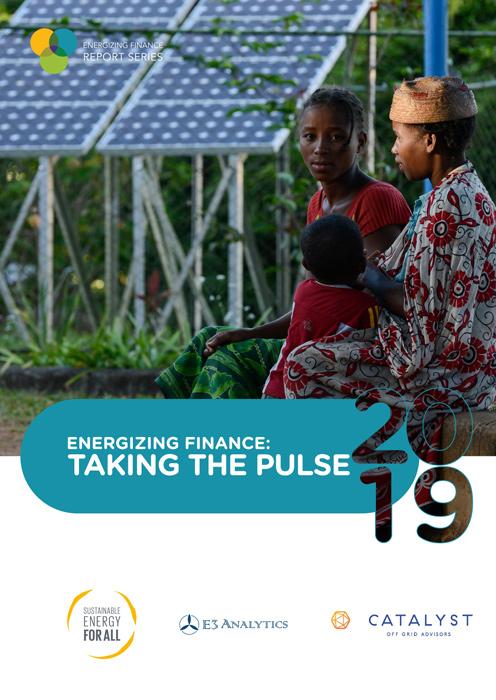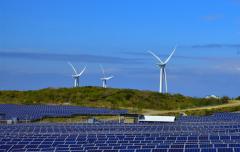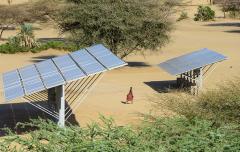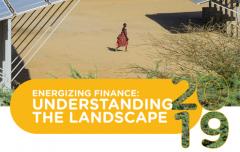Energizing Finance: Taking the Pulse 2019 - Madagascar, the Philippines and Uganda
Taking the Pulse 2019 details the energy access financing challenge faced in three countries: Madagascar, the Philippines and Uganda. The report provides crucial insights into how national contexts shape finance flows for electricity and clean cooking access. Each of these countries has its own unique set of energy needs, existing infrastructure, policies and regulations.
The report finds that USD 6.4 billion in aggregate investment is needed by 2030 in the three focus countries to deliver the mini-grid, stand-alone solar and improved cookstove solutions that will enable Sustainable Development Goal 7 (SDG7).
The report also probes what kind of capital this is, providing estimates of the different grant, equity, debt and affordability gap financing that will be necessary to deliver these energy access solutions.
See also: Energizing Finance series





